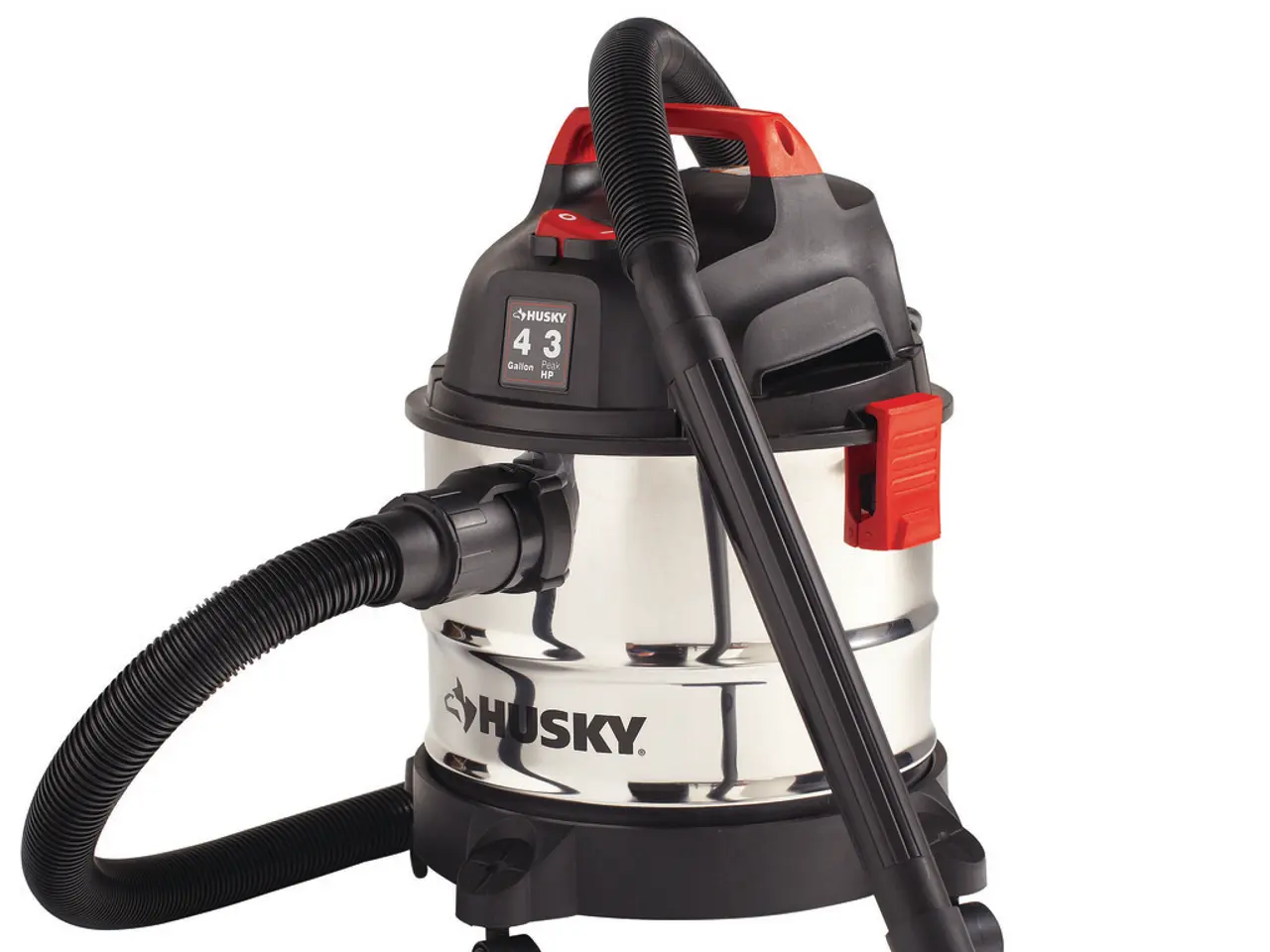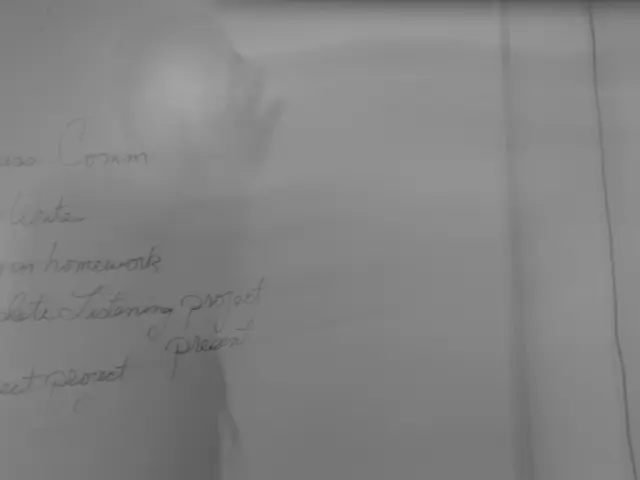Effortless Outlet Maintenance: Achieve Scratch-Free, Shock-Free Results Every Time
When it comes to cleaning power outlets, safety should always be your top priority. Here's a simple, step-by-step guide to help you clean your outlets without causing scratches or electric shocks.
- Turn off the power at the circuit breaker or fuse box corresponding to the outlet. Confirm with a voltage tester that no current is present before starting any cleaning.
- Remove the outlet cover carefully with a screwdriver to expose the outlet without damaging the faceplate.
- Use dry cleaning methods first: Wipe dust and dirt off with a dry, soft cloth or a gentle brush (such as an old toothbrush) to avoid introducing moisture that can cause shorts or corrosion.
- For stubborn dirt or stains, use rubbing alcohol (isopropyl alcohol) on a lightly dampened cloth or cotton swab. Alcohol evaporates quickly, reducing moisture risks and can disinfect as well. Avoid saturating any surface to prevent moisture ingress inside the outlet.
- Avoid water or liquid cleaners directly on electrical components, as moisture can lead to electric shocks or damage.
- Use a vacuum cleaner with a brush attachment to remove loose dust and dirt inside and around the outlet safely without touching electrical terminals. This reduces the chance of scratching and prevents dust accumulation.
- Ensure all parts are completely dry before reassembling the outlet and restoring power. Any residual moisture can cause corrosion or malfunctions.
- Inspect the outlet for damage like exposed wires or corrosion before reattaching covers.
Summary of Best Cleaning Agents and Tools
| Cleaning Agent/Tool | Purpose | Precautions | |------------------------|--------------------------------|-----------------------------------------| | Dry soft cloth/brush | Dust and loose dirt removal | Avoid abrasive materials that may scratch | | Rubbing (Isopropyl) alcohol | Removing stubborn dirt/disinfection | Use lightly dampened, never saturated | | Mild detergent solution| For oxidation on metal contacts | Remove batteries first, dry thoroughly | | Vacuum with brush attachment | Dust removal in/outlet | Use at low power, avoid direct contact |
Maintaining low moisture levels and only using suitable cleaning agents like rubbing alcohol will help avoid scratches and electric shocks while effectively cleaning electrical outlets. Always ensure power is fully turned off before starting and outlets are dried before power is restored.
When it comes to cleaning power outlets, it's essential to take the necessary precautions. Vacuuming power outlets is only safe for so-called protective contact outlets (Schuko outlets), commonly used in German households. Safe alternatives for cleaning outlets include dry microfiber cloths or special electronics cleaning cloths. Turning off the corresponding fuse in the fuse box is essential for preventing electric shocks during outlet cleaning. Avoid cleaners with abrasive, sharp, or alcoholic ingredients when cleaning outlets. When vacuuming an outlet marked "Safety+", live parts cannot be accidentally touched. If unsure about the type of outlet or using other types such as CEE outlets, it's advisable to consult an electrician. Coarse wiping cloths or paper-based ones can scratch the surface of the outlet.
- When exploring various lifestyle subjects, it is essential to discuss the importance of following safety guidelines while cleaning home-and-garden appliances, including electrical outlets.
- In addition to cleaning home-and-garden appliances, it's crucial to consider the implementation of community policy that emphasizes safety in technology usage, such as the proper handling and cleaning of power outlets.



